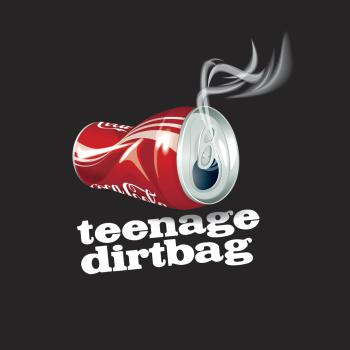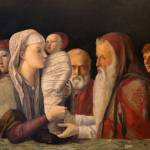LITTLE SHIVERS: Short movie reviews, mostly of B-horror.
Pontypool: Canadian town’s destruction by zombie virus chronicled by its weird local radio station. This does a really good job at making the threat scary without showing you too much. If you like the high-concept summary, “Language is a virus which makes people zombies,” you will probably like this; if the premise leaves you cold I’m not sure the movie will work for you. I really liked it. The one jarring moment is the racist Lawrence of Arabia adaptation by local schoolchildren (?). I could come up with some reason for this–art can drive us apart and strengthen our worst impulses–but that seems too heavy, so really, I just don’t know why that was there.
The Howling: Ultra-sleazy ’80s flick about werewolves at a hippie resort. Does exactly what it says on the tin, plus extra sleaze. Sort of awesome in an “I don’t actually recommend this” way.
Oleanna: David Mamet, a college parable which is about feminism/political correctness on the surface, class and how education and language reify power disparities underneath. (Language is the villain again!) When you describe it like that it sounds like something I’d like, but the two characters are both horribly grating and one-note, and the actors recite lines rather than finding a way to inhabit Mamet’s aggressively-stylized dialogue.
The Dark Hours and Creep: I’m linking these two for reasons I’ll get to in a moment. At first glance they seem pretty different. The Dark Hours is a stylized, very art-directed home-invasion horror/psychological thriller, very slightly comparable to Black Swan if that’s a recommendation for you, starring actors I’d never seen before. Kindertrauma reviewed it here. Creep is a movie about some kind of killer or creature living in the London subway system, with basically normal visuals, starring Franka Potente.
Both movies’ protagonists are privileged white women whose social/class power over other characters becomes a major issue in the narrative. Both women are shown from the beginning in fairly unflattering moral lights: Creep‘s buzzy city chick is a bit self-centered, whereas The Dark Hours‘ psychiatrist is openly cruel and arrogant.
Creep gives you glimpses of working-class, hard-luck, or homeless characters, and gestures at their backstories in ways which make them seem like they could be interesting. But the movie itself really doesn’t seem to care about them. They exist basically as props in the main character’s journey… which, since it’s a journey where she gets to learn about How the Other Half Lives, means that the movie (and especially its big ending visual) comes across as fairly cheap and self-praising. Poor people exist to teach rich girls life lessons about how poor people exist!
The Dark Hours forces a much tighter audience identification with its main character, not only by keeping us firmly within her POV but by constantly challenging us to figure out which of her distorted perceptions is closest to reality. That’s part of what made it work much better for me than Creep. It’s also crueler to her–she doesn’t learn her lesson–and the psych patients under her control have their own agency instead of just reacting to her decisions. (I mean, they appear to have agency, anyway. Like I said, you can rarely be sure what is real.) This movie was tense and very sad, and succeeded in making me care about its awful main character. You can also take it–especially the final “game” between the doctor and one of her patients–as a ferocious satire on psychiatry; or, conversely, as a window into how healing and honesty can look like brutal, absurd nonsense to a damaged mind. It’s a movie which works on a lot of levels, the simple ones of fear and visual interest and the complex ones of shifting meanings.














